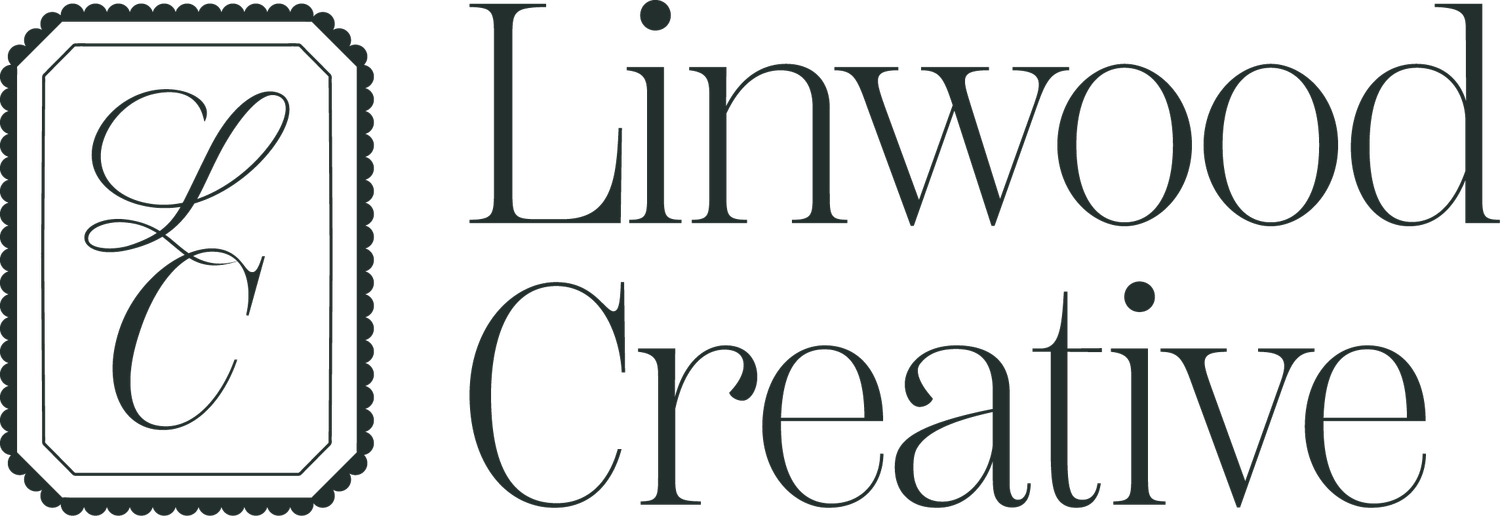The Great WFH Debate
Where Focus Meets Freedom
Remote work changed the way I approach my career, and in many ways, it helped me do my best work again. When I first started in the design field, I freelanced for New York-based brands out of a small apartment in North Carolina. Even before that, while completing my junior year of college during the pandemic, I was no stranger to remote work or virtual meetings. I learned early on how to manage deadlines, communicate clearly, and stay self-motivated without someone looking over my shoulder. That sense of autonomy quickly became something I valued deeply.
When I transitioned to my first in-house role, I was excited to experience what office environments were all about. I thought it would bring a sense of connection and structure that freelance couldn’t provide. But after several months, I realized how difficult it was to find focus in a constantly active space. Meetings happening in the same room, quick interruptions, and the general pace of office life made it hard to get into a creative flow. With ADHD, regaining concentration after each disruption took time I didn’t have — and I started to notice how much more mentally taxed I felt at the end of each day.
That experience taught me something valuable about how I work best. I thrive in quiet, independent environments where I can build deep focus and give each project my full attention. When the opportunity to work remotely arose (initially because my now-husband and I were preparing to buy our first home), it felt like the right move. Not long after that, a new health scare and diagnosis made remote work a necessity rather than a preference.
Since transitioning to full-time remote work, I’ve noticed a significant improvement in both productivity and balance. I complete more projects in less time, and the quality of my work has improved because I’m able to stay in rhythm throughout the day. I’ve also been able to maintain consistent communication with my team and leadership, which has been key to making remote collaboration feel effortless.
While I understand that office environments work well for many people, I’ve learned that I do my best thinking (and best creating) from a place of calm. Remote work gives me the structure and autonomy to stay focused, protect my health, and deliver my strongest work. It’s a system that works for me, and in turn, allows me to work better for everyone I collaborate with.


